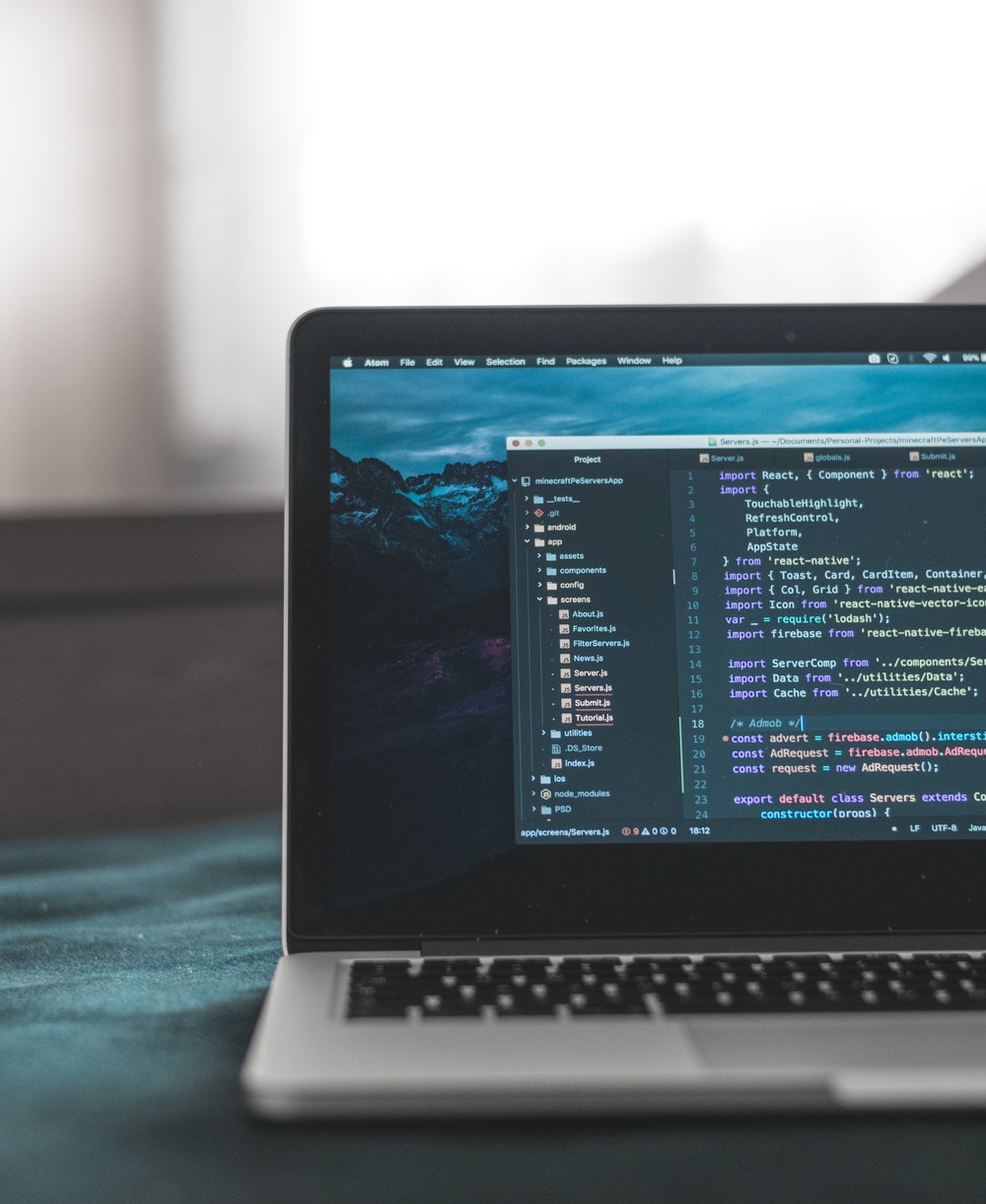Should blockchain’s decentralised autonomous organisations be regulated or unregulated?

Crypto ‘community in action’ clubs are raising legal issues around regulation, liability, tax optimisation and contract
Decentralised autonomous organisations (DAOs) are communities governed by rules that are encoded as a computer programme and maintained on the blockchain. When DAOs were first conceived, it was hoped that by removing the powers traditionally delegated to directors and placing these powers directly in the hands of owners, DAOs would resolve the principal-agent conundrum that is plaguing corporations.
One of the earliest examples is “the DAO”, which was launched in April 2016. The DAO was intended to operate as a hub that disperses funds to projects. Its members received voting rights by means of a governance token and decided on how it dispersed funds. The profits from the investments flow back to the members.
Are DAOs regulated?
To construct a precise and complete image of DAO regulation, it is crucial to understand that DAOs can serve a variety of purposes and operate in a variety of ways.
DAOs can be broadly categorised into several types based on commonalities in purpose and operation. These include investment DAOs, which aim to democratise big-ticket investments through the pooling of capital, and the protocol DAOs, which serves the purpose of governing a decentralised protocol.
Whether DAOs attract regulatory attention depends on their purpose and operation. A DAO may be regulated to ensure the propriety of its purpose; for example, philanthropy DAOs aim to coordinate charitable giving through a democratic voting process. A “big green” DAO – a philanthropic DAO that aims to improve public health and achieve climate goals via education – is tied to a USA 501(c)(3) organisation to ensure favourable tax treatment of charitable contributions.
Alternatively, a DAO may be regulated because of how its operations are structured. In Singapore, an investment DAO could, depending on its operational structure, amount to a collective investment scheme under the Securities and Futures Act 2001.
It is debatable whether or not DAOs such as “the DAO” are regulated as such. Although “the DAO” is similar to collective investment schemes as it pools capital for the purpose of deriving a profit, the legislative definition of a collective investment scheme assumes a centralised-managed pool structure, which is different from the decentralised operations of “the DAO”.
Upside of a regulated DAO
For the public, regulation of DAOs would serve as a necessary form of consumer protection. Throughout the existence of the concept of DAOs, consumers have lost considerable sums of money on DAO hacks or scams. The DAO hack is the earliest example of investors losing money on a DAO – investors lost $50 million in 2016 due to a hack exploiting the various programming vulnerabilities of the DAO.
More recently, DAO projects have become an increasingly common vector for scams. Colloquially known as “rug pulls”, scammers would solicit public investment, and subsequently abscond with the funds raised, halting progress on the project. One example of this is the AnubisDAO rug pull, in which $60 million of investor funds were siphoned off.
For DAOs, the benefits of regulation would include recognition by the law and legitimacy in the eyes of the consumer. This is especially crucial in the cryptocurrency markets, which have a reputation for being a “lemon” market. By removing information asymmetries regarding DAO projects, regulation would facilitate a level playing field between mature DAO projects and new entrants and, thereby, encourage innovation.
Additionally, by providing assurances about the safety or effectiveness of new DAO projects, and setting minimum mandated standards, regulation would give consumers the confidence to try something new.
Downside of regulating DAOs
The trouble with DAO regulation is that it would contradict the philosophy underlying DAOs, which is to shift organisational power from a centralised decision maker to the hands of the community. The horizontal structure of a DAO forms a significant part of its attractiveness. For example, members enjoy the democratised rule-making and rule enforcement process in a DAO, which is particularly beneficial in fields such as DeFi.
Conversely, regulation implies state oversight and allows a centralised decision maker to intervene in the governance of a DAO. Naturally, the additional regulatory red-tape may complicate the functions of a DAO, creating consequences that the members of a DAO are seeking to avoid in the first place.
Therefore, future regulatory actions for DAOs, if any, will involve a precarious balancing exercise between not alienating members interested in the deregulated nature of DAOs, and introducing safeguards for consumers.
Osborne Clarke comment
As the bottom line, the long arm of regulation has yet to reach DAOs that are truly community managed. From a policy viewpoint, it is questionable whether regulators should concern themselves with such DAOs.
The trouble is, therefore, not with DAO regulation but the question of how many DAOs are truly community managed. Where DAOs are in the hands of a few, such DAOs are justifiably regulated to protect the many.

